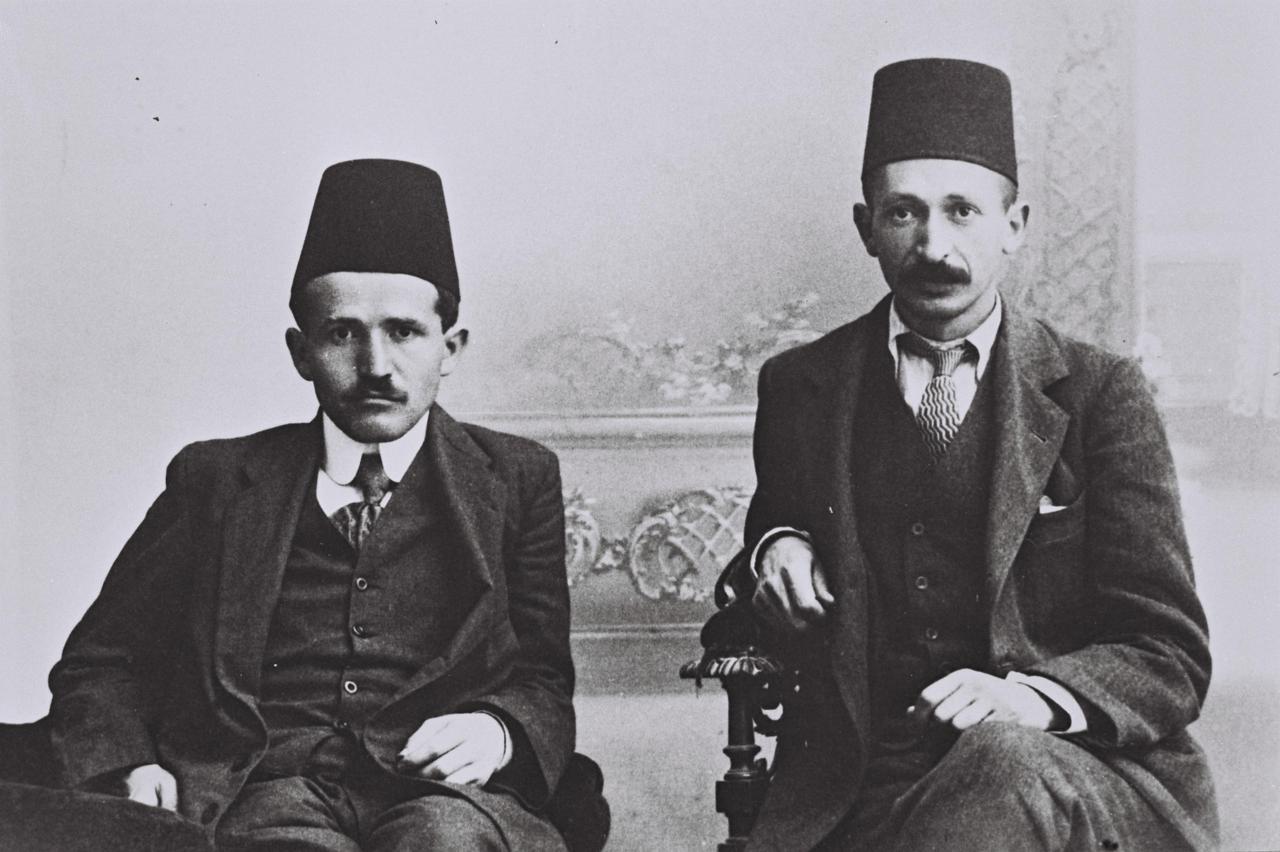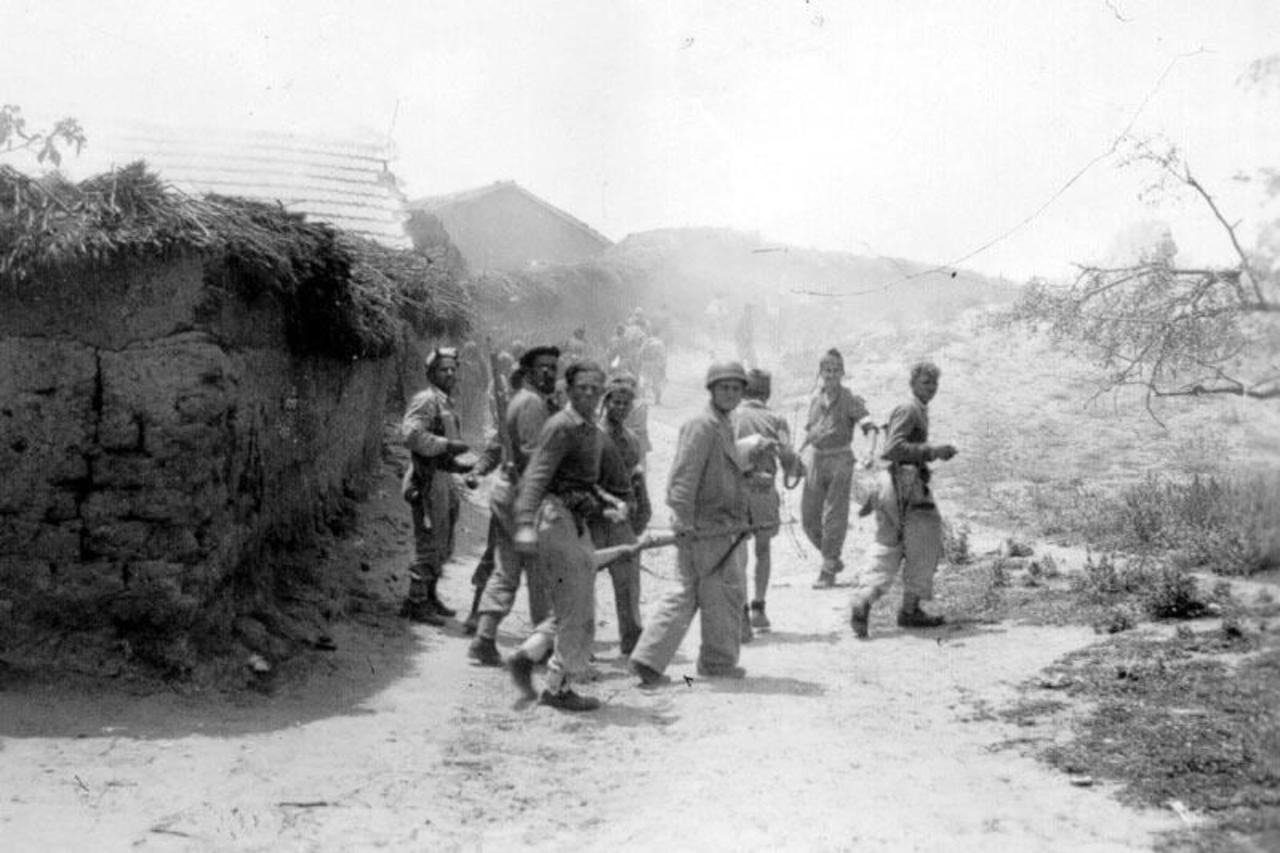
Zionism, emerging as a colonial and nationalist movement in 19th-century Europe, strategically employed Jewish sacred texts to legitimize its vision. While inherently secular, Zionism selectively drew upon the Hebrew Bible (Tanakh) to craft a persuasive narrative that appealed to both Jewish identity and global sympathies. At the center of this narrative lies the myth of "return to Israel," a potent ideological construct justifying both settlement and occupation policies.

One of the most visible manifestations of this myth-making was the use of archaeology and biblical names in geographical mapping. Excavations and topographic reinterpretations were leveraged to prove historical continuity, lending ancient validation to modern political claims. This approach suggested that by returning to the land, Jews were also reclaiming their history, effectively rewriting regional history through a Zionist lens.
Currently, many archaeological excavations in Palestine and its surroundings are conducted in collaboration with the Torah Research Association and the American Evangelical Research Institute, which aims to prove Jewish presence in Palestine.
The Palestinian Ministry of Tourism and Antiquities claims that Israel's excavation activities are "carried out with settler objectives and Torah agendas, with the purpose of seizing Palestinian land, erasing, destroying, and obscuring existing realities."
According to Associate Professor Tuna Akcay, that until the mid-19th century, no archaeological surveys or excavation activities took place in the region. Following the political and administrative transformations of Palestine in the second half of the 19th century and the increased influence of Europe in the region, Palestine, especially Jerusalem and its surroundings, witnessed an intense competition among Western countries to conduct archaeological research.
Akcay emphasizes, “After World War I, it is particularly important to highlight that these studies were considered in the division of Jerusalem. During times when Israel was trying to form a national identity, the use of archaeological data to support its claims to land and its prominence in the discourse shows the significance of past archaeology within the framework of intelligence and diplomacy.”
To reinforce the return myth, Zionist thinkers and leaders systematically devalued the Jewish diaspora experience. The focus instead shifted to ancient heroic figures and biblical conquests, emphasizing the strength and resilience of Jews tied to their ancestral homeland. This dichotomy served to paint the diaspora as incomplete and inferior.
Zionist ideology emphasized the need for a shared, glorious past. Drawing inspiration from European nationalism, leaders like David Ben-Gurion invoked biblical episodes such as the conquest narratives in the Book of Joshua. These stories were portrayed not as religious parables but as historical precedents for modern settlement, allowing for an ideological fusion between ancient text and contemporary nation-building.

Although secular, Israel's first Prime Minister David Ben-Gurion became an avid promoter of the Tanakh after the state's founding. He held regular meetings with archaeologists and scholars to interpret biblical passages, especially those concerning conquest and settlement. For Ben-Gurion, the Tanakh was not a religious manuscript but a national chronicle. He famously claimed that only Jews living in the land of Israel could truly understand its sacred texts.
The Zionist movement didn’t rely solely on text. It constructed a symbolic culture of remembrance through statues, commemorations, and school curricula. Heroes from Jewish antiquity were mythologized, while sites like Masada became national pilgrimage destinations.

Palestinian history, languages, and presence were largely omitted in this narrative. The land was described as "empty," ignoring the indigenous population. Slogans such as "a land without a people for a people without a land" epitomized the dual denial of Palestinian presence and Jewish diaspora legitimacy. Thus, the sacred texts were used to sanctify both territorial claims and exclusionary practices.
According to scholar Bilal Toprak from Türkiye, in Zionism's quest to forge a national identity, the Hebrew Bible was transformed from a spiritual guide into a historical manifesto. Through selective reading, archaeological legitimization, and ideological myth-making, it became central to the political project of settling and defining the Israeli state.